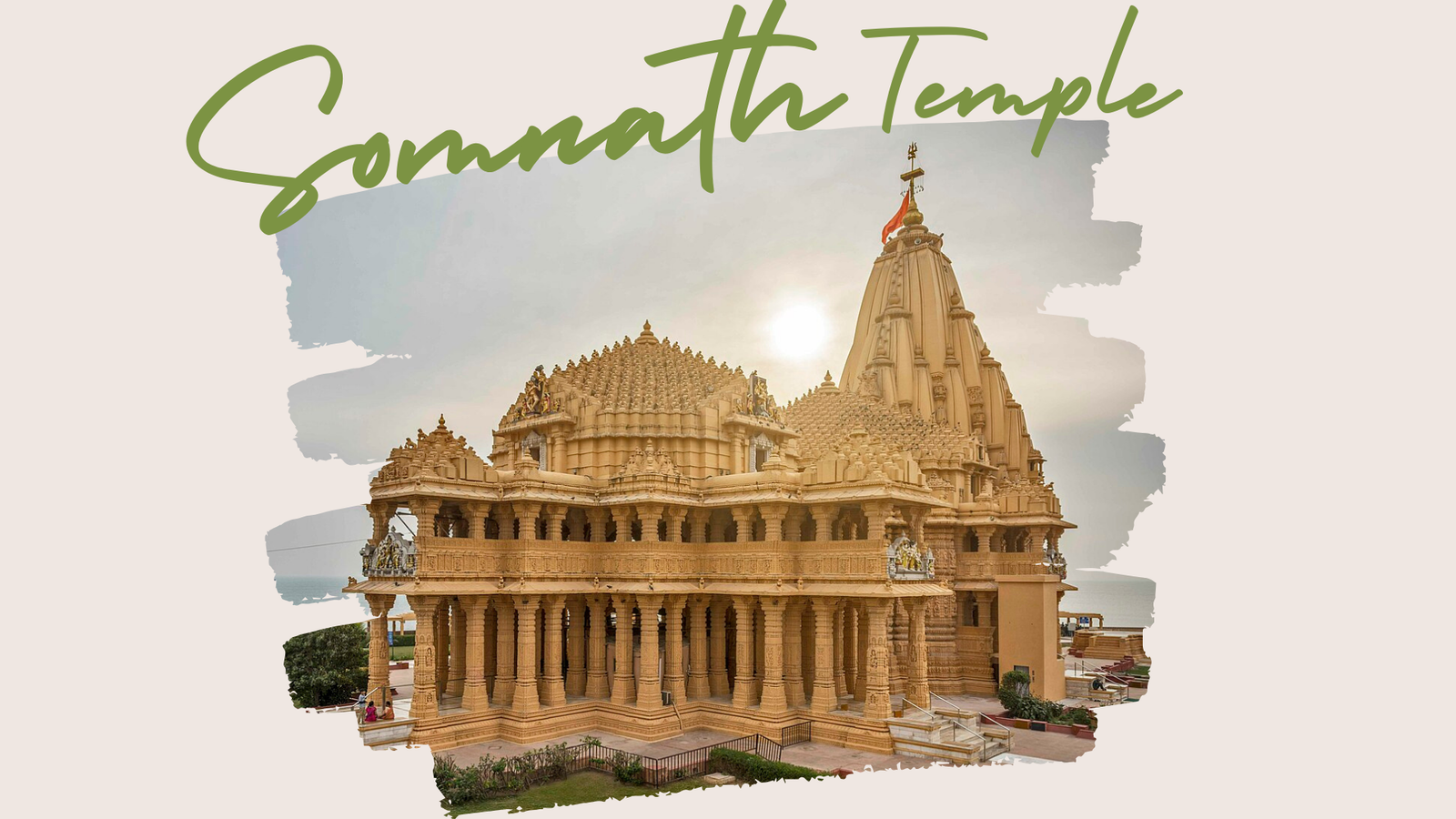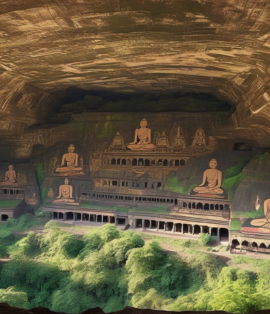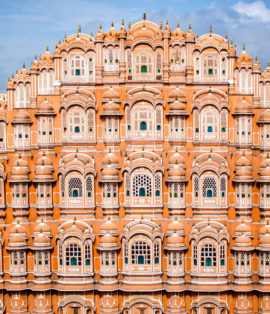The Magnificent Somnath Temple: A Blend of History and Spirituality
The Somnath Temple, located on the western coast of Gujarat in Prabhas Patan near Veraval, stands as one of India’s most revered and historically significant shrines. Known as the “Eternal Shrine,” it is dedicated to Lord Shiva and holds the distinction of being the first among the twelve Jyotirlingas, making it a cornerstone of Hindu spirituality.
A Temple of Eternal Light
The name “Somnath” translates to “The Protector of the Moon God.” According to Hindu mythology, the temple is deeply connected to the legend of Soma, the Moon God. It is believed that Soma built the first temple in gold as a tribute to Lord Shiva after being freed from a curse that caused his light to wane. Over time, the temple was rebuilt in silver by Ravana, in sandalwood by Lord Krishna, and in stone by the Yadavas, showcasing its spiritual significance through ages.
A Resilient History
Somnath Temple’s history is a saga of resilience and faith. It has been destroyed and rebuilt 17 times, standing as a testament to the enduring devotion of its followers. The first recorded destruction dates back to 1025 AD, when Mahmud of Ghazni looted the temple for its immense wealth. Despite such invasions, the temple was rebuilt each time, with the latest reconstruction spearheaded by Sardar Vallabhbhai Patel in 1951, soon after India’s independence.
Architectural Marvel
The current structure of the Somnath Temple is an architectural masterpiece. Built in the Chalukya style, it features intricate carvings, a towering spire, and an awe-inspiring sanctum. The temple’s shikhara (spire) rises to a height of 50 meters, and the kalash (pinnacle) weighs 10 tons. The temple also bears an inscription highlighting its strategic location: there is no landmass between the temple and Antarctica, emphasizing its significance as a marker of India’s geographical prominence.
The Sacred Jyotirlinga
At the heart of the temple lies the sacred Jyotirlinga, symbolizing the infinite nature of Lord Shiva. Devotees believe that visiting the Somnath Jyotirlinga washes away sins and grants liberation. The temple is also an important stop on the Char Dham pilgrimage, attracting thousands of devotees and spiritual seekers every year.
Legends and Mysteries
The Somnath Temple is steeped in legends and mysteries. One such legend speaks of a hidden chamber beneath the temple, said to house immense treasures. Another fascinating belief is the presence of a magnetic field within the temple’s spire, which ancient mariners used to navigate their ships.
Spiritual Significance
The temple’s serene location by the Arabian Sea adds to its spiritual aura. The rhythmic sound of waves crashing against the temple walls creates an ambiance of tranquility and devotion. The daily aarti and the spectacular light-and-sound show recounting its history are experiences that leave devotees and visitors spellbound.
Plan Your Visit
Somnath is well-connected by road, rail, and air, making it easily accessible for pilgrims and tourists. The best time to visit is during the winter months, from October to March, when the weather is pleasant. The Mahashivratri festival is a particularly auspicious time to experience the temple’s grandeur and spiritual energy.
The Somnath Temple is not just a place of worship; it is a symbol of India’s spiritual heritage and resilience. Its rich history, stunning architecture, and deep-rooted spiritual significance make it a must-visit destination for anyone seeking peace, devotion, and a glimpse into India’s glorious past. Standing tall against the test of time, Somnath continues to inspire millions with its message of faith and endurance.






